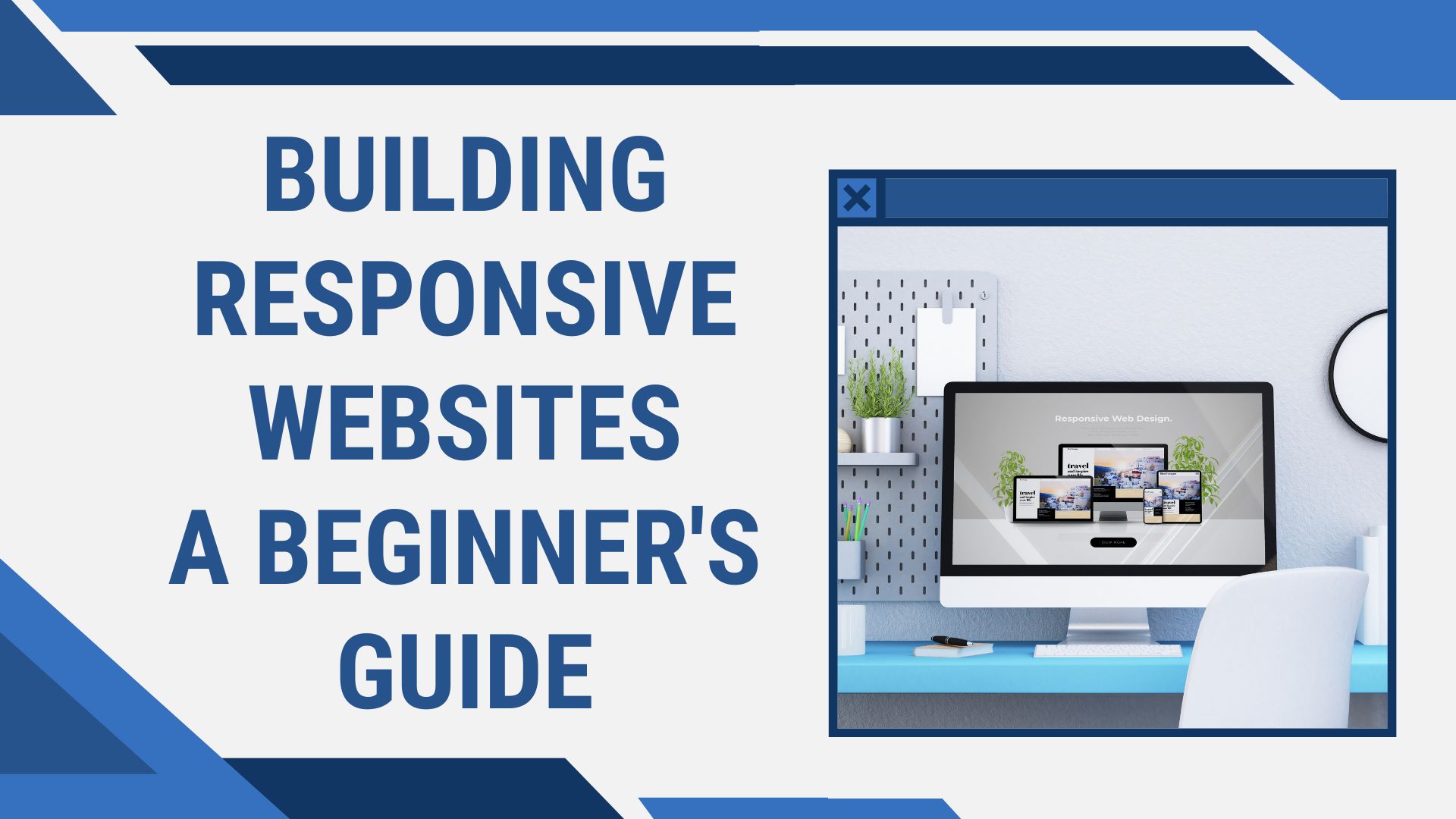Introduction
In today’s digital age, where users access the internet through various devices, it is crucial for websites to adapt to different screen sizes and resolutions. This is where responsive web design comes into play. In this beginner’s guide, we will explore the foundations of responsive design, learn how to create a responsive website and discuss the future of this ever-evolving field.
What is Responsive Web Design?
Responsive web design is an approach that allows websites to dynamically adjust their layout and content based on the device or screen size on which they are viewed. It ensures an optimal user experience by automatically resizing, repositioning, and adapting the elements of a website to fit different screen sizes, including desktops, tablets, and smartphones.
Why Responsive Web Design Matters
With the increasing usage of mobile devices, it has become essential for websites to provide a seamless experience across various platforms. Responsive web design enables businesses to reach a broader audience, improve user engagement, and increase conversion rates. It also helps in search engine optimization (SEO), as search engines prioritize mobile-friendly websites in their rankings.
The Benefits of Responsive Web Design
- Enhanced User Experience: Responsive websites provide a consistent and user-friendly experience across devices, improving usability and customer satisfaction.
- Increased Reach: By adapting to different screen sizes, responsive websites can reach a wider audience, including mobile users.
- Time and Cost Efficiency: Developing a single responsive website is more efficient and cost-effective than creating multiple versions for different devices.
- Improved SEO Performance: Responsive design contributes to better SEO rankings, as search engines favor mobile-friendly websites.
Getting Started with Responsive Web Design
To begin building responsive websites, you need to understand the foundational elements of responsive design:
Media Queries:
Media queries are CSS rules that apply different styles based on the characteristics of the device, such as screen width or orientation. They allow you to define breakpoints where the layout and styling of your website should change.
Responsive Layouts:
Designing responsive layouts involves using flexible grids and CSS techniques like Flexbox or CSS Grid to create fluid and adaptable designs that respond to different screen sizes.
Responsive Images:
Optimize images for responsiveness by using CSS techniques like max-width: 100% to ensure they scale properly across devices. Additionally, consider using the HTML picture element and srcset attribute to serve different image sizes based on the device’s capabilities.
Responsive Typography:
Utilize relative units like percentages or ems for font sizes, ensuring that text remains readable and appropriately sized on different screens.
Responsive Navigation:
Design navigation menus that adapt to different devices, such as collapsing into a hamburger menu on smaller screens or utilizing off-canvas menus.
Creating a Responsive Website
To create a responsive website, follow these key steps:
- Setting Responsive Breakpoints:
Identify the breakpoints where your website’s layout and content need to adapt. This may include breakpoints for smartphones, tablets, and desktops. - Designing a Fluid Grid:
Build a flexible grid system that allows your content to resize and rearrange based on the screen size. Use CSS techniques to establish a grid that adjusts seamlessly. - Optimizing for Touchscreens:
Consider touchscreen interactions when designing buttons, forms, and other interactive elements. Ensure that they are large enough and have sufficient spacing for easy touch access. - Testing Responsiveness:
Test your website on various devices and screen sizes to ensure it looks and functions as intended. Use browser developer tools, responsive design testing tools, and physical devices for comprehensive testing.
Conclusion
Responsive web design is a vital skill for modern web developers. By creating websites that adapt to different devices, you can provide a seamless user experience, increase your reach, and stay ahead in the digital landscape. As technology continues to evolve, responsive design will play an even more significant role in shaping the future of web development. Learn more in-depth knowledge and insights helpful as it delves deeper into advanced techniques and strategies for creating responsive websites.
Appendix
For further resources on responsive web design, consider exploring the following:
- Online tutorials and courses on responsive design
- Books and ebooks dedicated to responsive web design
- Responsive design frameworks and Libraries
- Community forums and blogs discussing responsive design techniques and best practices






